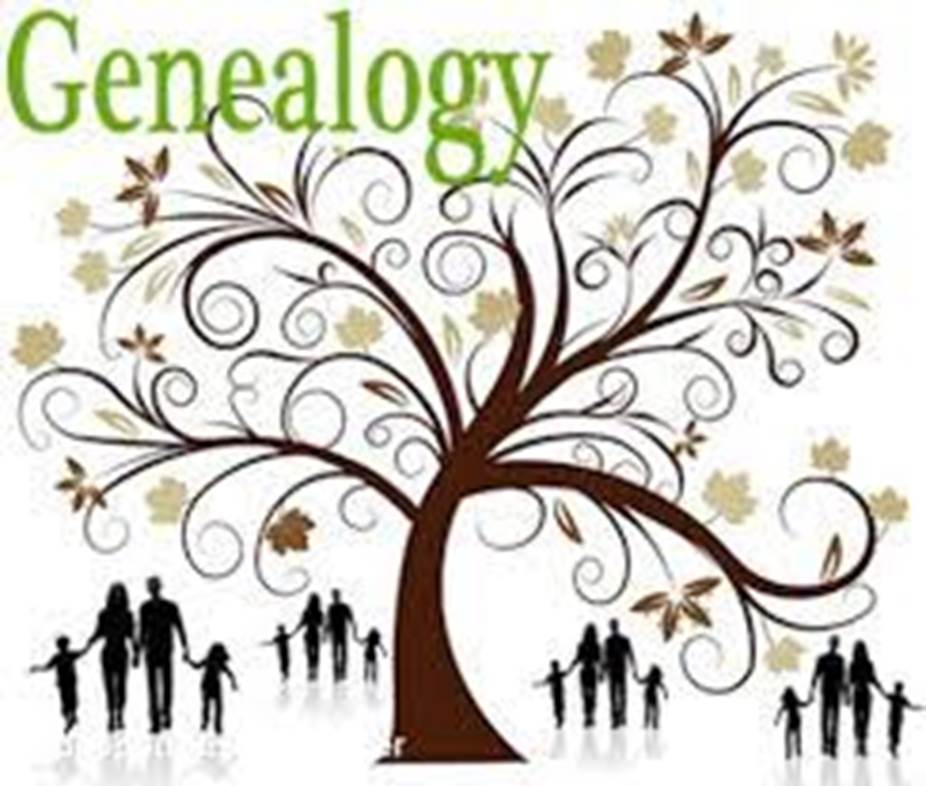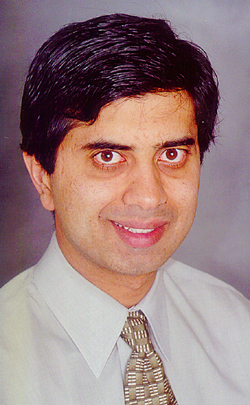
Wilson County Genealogical Society
We Are All Sayyid
By Nayyer Ali MD

It is a natural human curiosity to know where we came from. Most of us know who our grandparents are, and may even have the names of great-grandparents, but further back the picture gets murky.
Genealogy, the study of one’s family tree, is a hobby for many in the US and even Europe, where church records of baptisms and deaths can assist in filling out that tree. Many amateur sleuths delight in finding out they are distant descendants of European royalty, or are long lost distant cousins of famous Americans. Others use commercial DNA tests to be told what parts of the world their DNA come from.
For Muslims, this obsession with genealogy is not very pronounced, with one exception. Claiming to be descended from the Prophet, and thereby having the honorific “Sayyid” attached to oneself, is often highly prized. Since I was a child, both of my parents would point out that our family was “Sayyid”, but that left my skeptical nature puzzled. How would we possibly know such a thing? We are Punjabi origin, and not even Arabs.
The science of human populations and the analysis of DNA has come to the rescue on this point. The first thing one realizes is that the further back you go, the more ancestors you have. You have two parents one generation back, four grandparents two generations back, eight great-grandparents three generations back and so forth. If you go back 10 generations, roughly 250 years, you have 1,000 ancestors. 20 generations back, about 500 years, you would have a million ancestors, and 30 generations back, about 750 years, you would have a billion ancestors. But 750 years ago, there weren’t a billion people on the planet, so something here doesn’t add up.
What’s going on is that as we go back, our family tree turns in on itself, as related people marry each other. A good example of how that changes the equation is if your parents were first cousins, and first cousin marriages are common in Asia. In that case you would have two parents, four grandparents, but only six great-grandparents instead of eight. From far enough in the past it turns out you are often descended from the same person many times over through different pathways. The corollary to this is that if one goes back far enough, we are all related to each other. Almost anyone of European extraction can work out that among their ancestors 1,200 years ago was the Emperor Charlemagne, who had 17 children, and whose line of descent was recorded for centuries because they were royalty.
In fact, mathematical models show that only 600 years ago, all Europeans alive today had at least one common ancestor. If you go back a thousand years, it turns out that about 20% of the population alive then left no living descendants in the current day, while the remaining 80% are in the family tree of every European alive today.
The same calculations apply to Eurasia and Africa, which were contiguous and allowed mixing of peoples, and if we account for spread of Old-World peoples into the New World, it also applies to the native populations of the Americas. If we go back a thousand years, there is at least one common ancestor for all the peoples currently living in Eurasia and Africa, and if we go back about 3,600 years we will find a common ancestor of everyone currently alive on the planet.
In the forward direction, the math works similarly. Even if you have only two children that live to reproduce, in 10 generations you will have 1,000 descendants, in 20 you will have a million, in 30 generations a billion, and in 40 there would in theory be a trillion. This math makes no sense, because many of your descendants will marry each other, thereby pruning the numbers. But what happens 40 generations into the future is that everyone alive today will be one of the ancestors of every single person alive in a thousand years.
If this is true, then how do ethnic and racial differences in appearance persist? It is because even though someone may be your distant ancestor, there is no guarantee that you share any DNA with that person. The human genome consists of about 20,000 distinct genes. Once you go back far enough to have more than 20,000 ancestors, which is only about 15 generations or less than 400 years, you will have more ancestors than you have genes. The math is clear, most of your distant ancestors have contributed nothing to your current set of genes that make you who you are. The random sorting and rearranging of DNA results in more or less genes being inherited from each of your grandparents, and that process happens every generation. Your children, who get 50% of their DNA from you, do not have exactly 25% of your mom’s and 25% of your dad’s DNA, the share can vary substantially.
Based on all this, it is clear that anyone who has ancestry from Europe, Asia, or Africa, can count the Prophet among their ancestors. And even among the native populations in the Americas, they can too unless all their ancestors after 1492 were strictly native Americans. We are all Sayyid. But it may well be that none of us are Sayyid in the sense that out of our 20,000 genes, none actually came from the Prophet.

